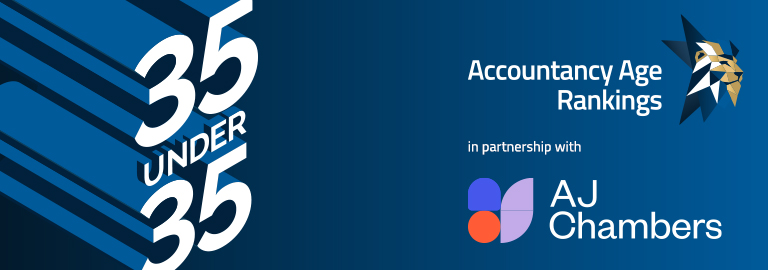The Financial Reporting Council (FRC) has recently unveiled its inspection findings for Tier 2 and Tier 3 audit firms, revealing significant shortcomings in audit quality.
According to the FRC’s report, only 38% of audits reviewed required no more than limited improvements and 24% required more than limited improvements.
A further 38% required significant improvements, prompting the council to state Tier 2 and Tier 3 firms must “prioritise audit quality improvements and respond swiftly”. This is a stark contrast to the larger Tier 1 firms, where only 27% of audits over a comparable period were found wanting.
“While these results represent only a small risk-based sample, the number of audits requiring significant improvement is unacceptable,” the FRC said.
Sarah Rapson, executive director of supervision at the FRC, said the council’s ongoing supervision of the largest audit firms has helped to deliver audit quality improvements. “But it is important that all firms step up to improve the overall health and resilience of the audit market,” she said.
In it’s assessment, the FRC disappointingly noted many of its findings were in routine areas, such as the audit of journal entries and complying with archiving requirements. It also had findings in areas of greater complexity.
“It is of particular concern that we continue to identify findings in the audit of judgements and estimates, and going concern, both of which require audit teams to demonstrate robust professional scepticism,” the council said in it’s report.
Rapid need for change
Rapson noted the FRC has developed a “comprehensive, forward-looking supervision approach” to ensure audit quality is prioritised at the Tier 2 and Tier 3 firms, including now imposing conditions or undertakings through our PIE Auditor Registration process where the FRC has audit quality concerns, and providing support where appropriate.
The FRC has advised Tier 2 and 3 firms, which audit a minority of listed companies and other public interest entities (PIEs) but have seen their market share grow from 9% to 13%, to invest in their audit methodology.
They have also asked for investments to be made in human resources and audit quality functions, learning from things that went wrong or went well, and seeking to embed a culture that recognises and prioritises audit quality.
To improve resilience and competition in the PIE audit market, the FRC wants these firms to be able to increase the number and complexity of the PIEs they audit and is taking actions to support them to grow in a way that is consistent with the delivery of high-quality audit.
Examples of forward-looking supervision actions being taken by the FRC include:
- Establishing the Audit Firm Scalebox to help firms develop and maintain high standards of audit quality as they enter and grow in the PIE audit market. This has already provided valuable feedback to firms on what good looks like and extended our approach as an improvements regulator.
- The new PIE Auditor Registration regime, which allows the FRC to impose conditions or undertakings on firms where quality concerns exist. Such conditions or undertakings have now been placed on over 30% of PIE audit firms.
- Examples of common conditions imposed include requiring: (1) FRC approval before accepting new PIE audits so that the growth of a firm’s PIE audit portfolio can be responsibly managed; (2) improvements to aspects of a firm’s system of quality management; and (3) additional quality reviews to be conducted.
- Delivery of assertive supervision messages in our private annual supervisor letters and regular engagement with firms’ leadership.
The smaller details
The RFC introduced introduced its PIE Auditor Registration regime in December 2022. This allows the council to impose or agree measures on the registration of firms where we have quality concerns. In total, Conditions or Undertakings have been placed on the registrations of over 30% of PIE audit firms.
One of the most common Conditions imposed is to require FRC approval prior to accepting new PIE audits, meaning that it can limit the growth of a firm’s PIE audit portfolio. Other Conditions relate to improving aspects of a firm’s system of quality management.
The Scalebox was launched in September 2023. It is a separate team within the FRC’s Audit Firm Supervision (AFS) team. The Scalebox is a means for existing PIE audit firms to obtain additional input from the FRC. It also, for the first time, enables firms that may come within the FRC’s scope to gain valuable insights from the FRC.
All firms currently in Tier 2 and Tier 3 for FRC Supervision purposes are eligible to join the Scalebox. Tier 2 firms are subject to more frequent inspection and more extensive supervision activities, including thematic reviews. Not all Scalebox activities may be appropriate for Tier 2 firms and the FRC will keep the participation of Tier 2 firms under review as the Scalebox develops.
The council has also created a new ‘Tier 4’ for firms that are considering becoming PIE audit firms or may come within the FRC’s scope for other reasons. These firms will also be able to apply to join the Scalebox which will give them access to the FRC for the first time.

